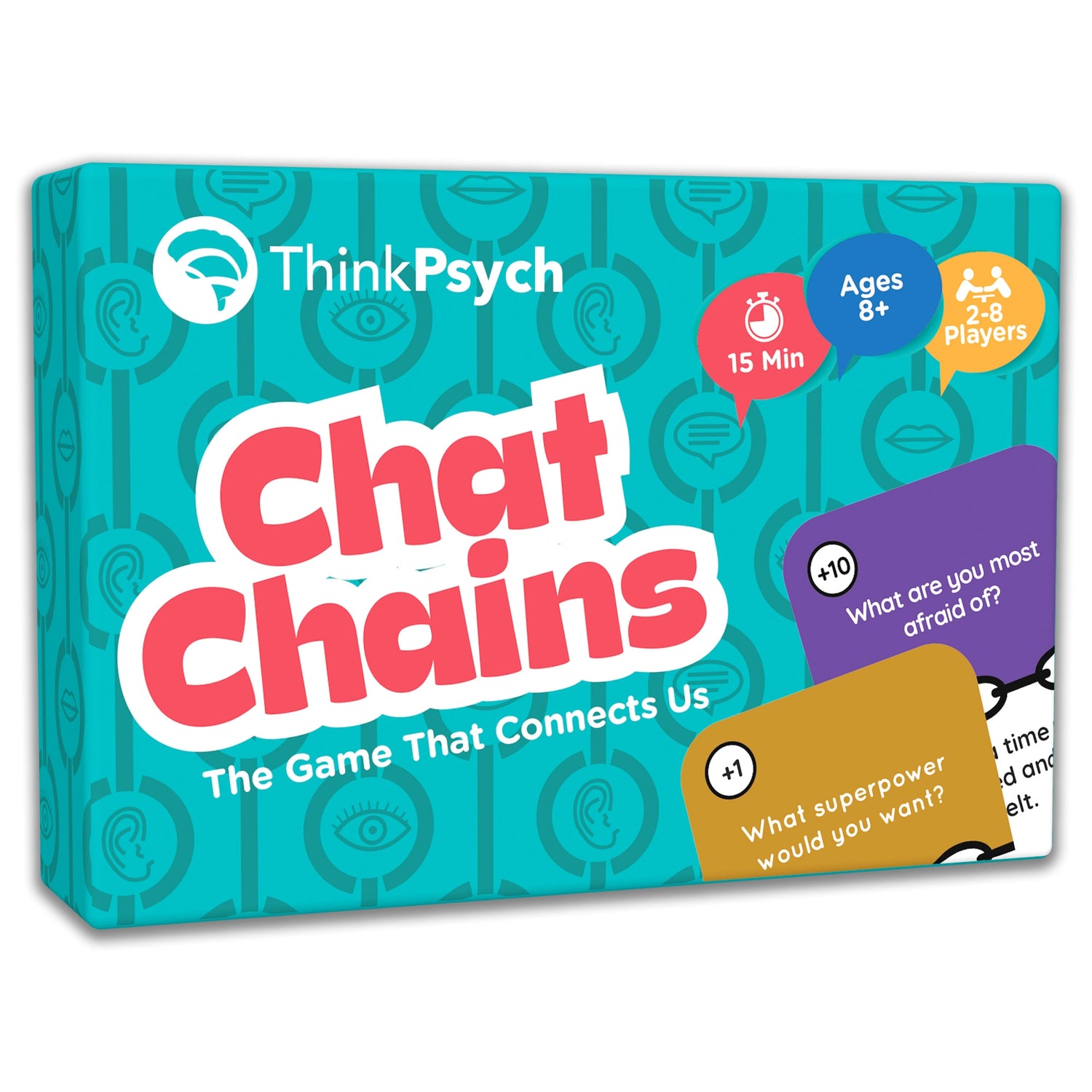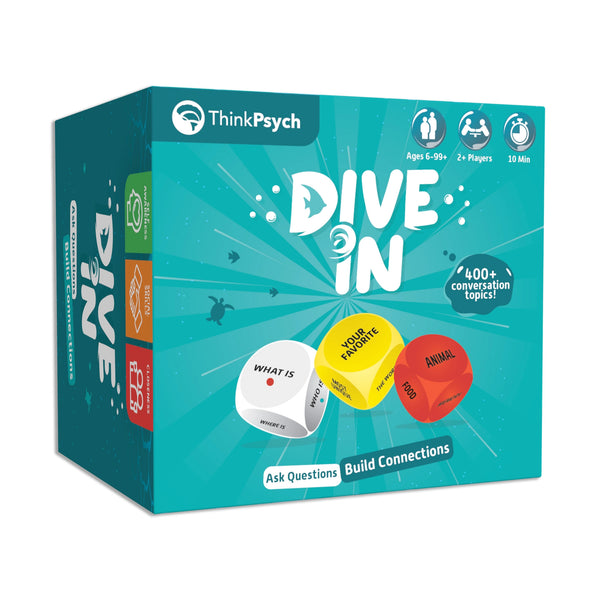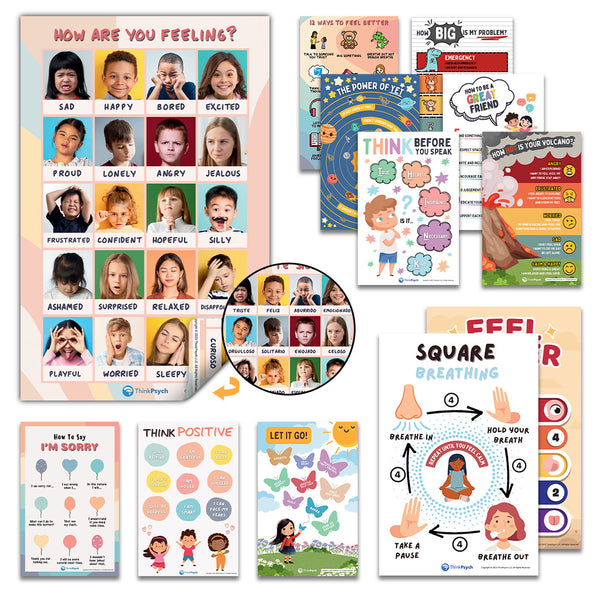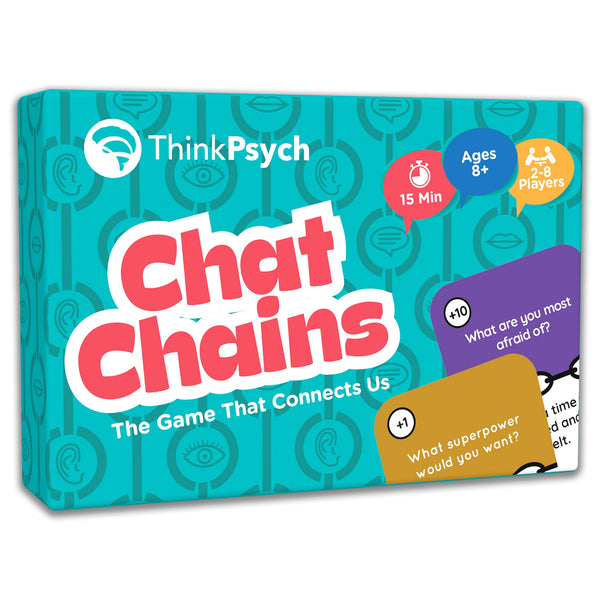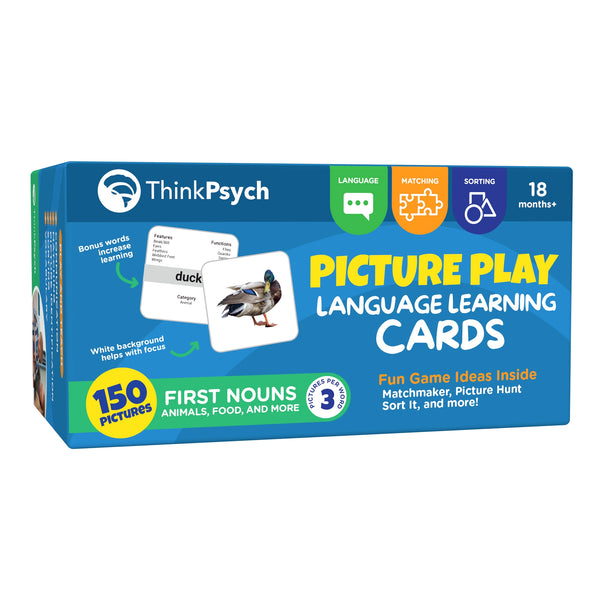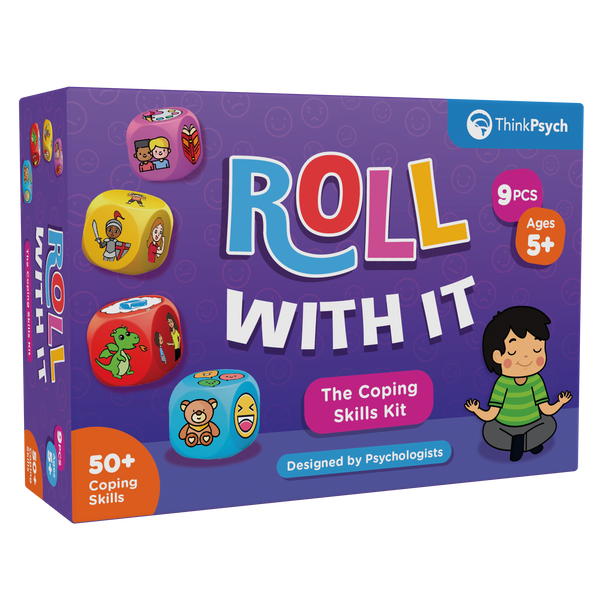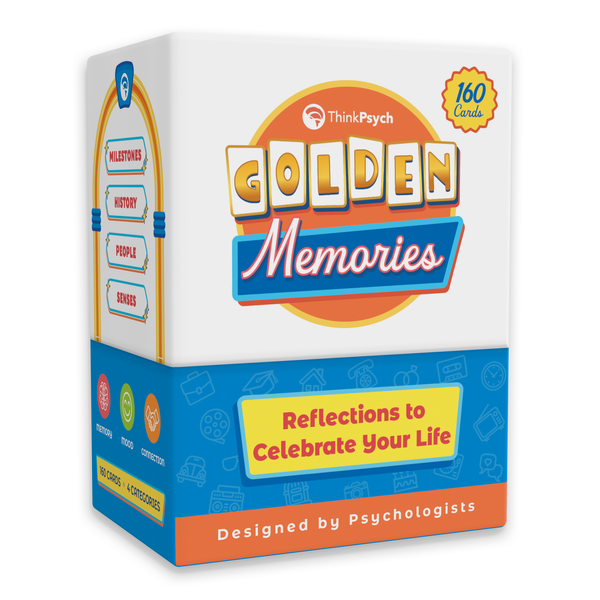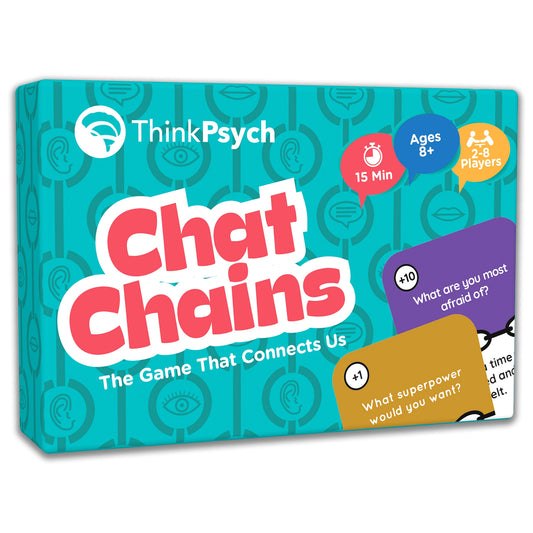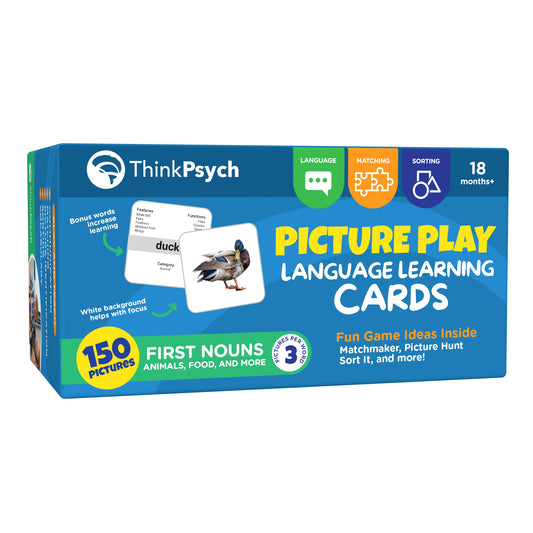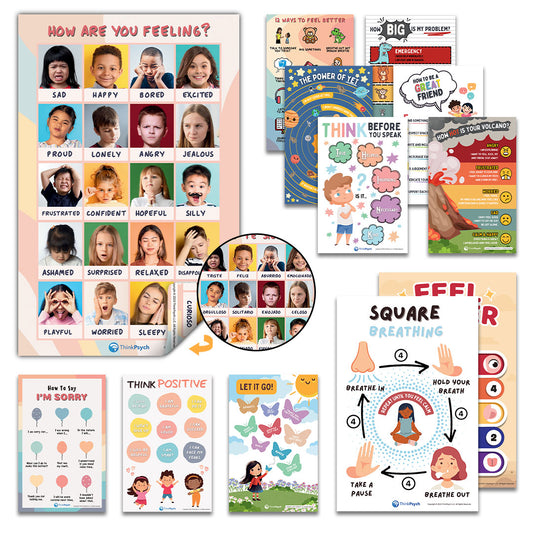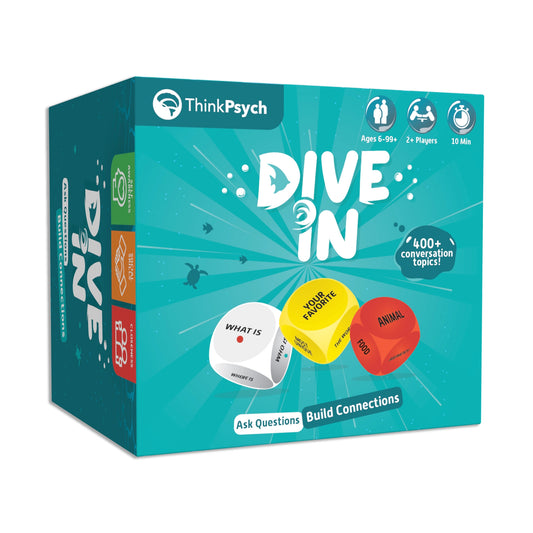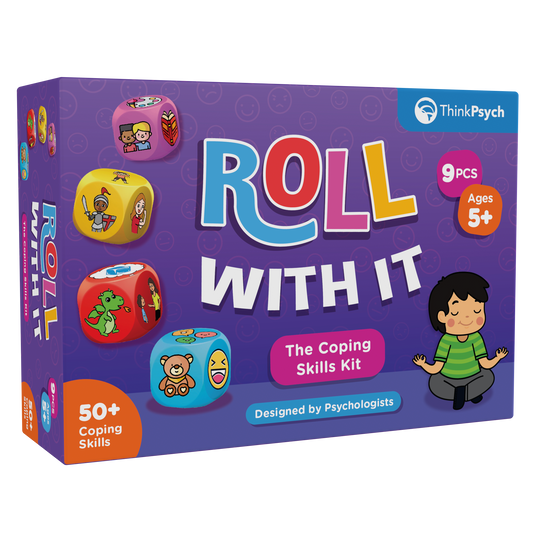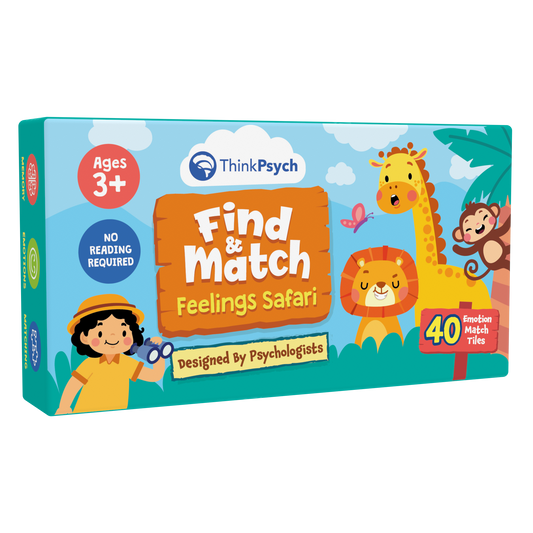
10 Ways to Build Independence in Students
Share
Learning might have become easier over time as students access everything online using their computers and smartphones. However, they still have to comprehend and process these vast amounts of information.
To be a better learner, these students need to be motivated to become independent thinkers and learners. When they become active learners, they begin to realize that there is more than one way to answer a question correctly.
They also begin to understand that whether an answer is correct or not might depend upon the objectivity or subjectivity of a topic.
To foster this kind of learning and thinking behavior in students, here are the 10 ways to build independence in students.
Top 10 Ways to Foster and Build Independence in Students
1. Develop An Open Environment
One of the most effective ways to build independence in students is to develop an open environment in the classroom. The traditional way of learning is sitting in the class and listening to lectures.
But you can change things by letting your students know that there will be fewer passive lectures and that your class will have more opportunities for the students to write and talk about what they are learning. It paves the way for them to participate actively.
2. Introduce A Reward Initiative
Another way to build independence in students is to introduce a reward initiative. You can introduce a reward for any student that goes beyond the regular class assignments and presentations. For instance, you can reward those students who volunteer to write a report with extra credit or a preferred snack. This way, you are encouraging them to learn and participate actively.
3. Independent Work Scrutiny
You should be more specific when reviewing their work instead of writing a grade or a few general comments. For example, you can ask your students to write down three things they did right in an assignment or three difficulties they faced in completing that assignment. In response, you can give them three tips to improve.
4. Encourage Research
One of the most effective ways to build independence in students is by encouraging them to do some research. You do not have to make your students go through each chapter of a book again and again or solve a problem repeatedly.
For example, you can tell your students to work on a research project independently. The project does not need to be a big one, but it should allow your students to learn something outside the book but still relevant to their topic.
Shop ThinkPsych Products
5. Let Them Teach the Class About Their Research
The students who have completed a project should be allowed to speak in front of the class and share the details about the project. It will significantly improve their oral communication, and other students will learn something new from their peers.
Plus, when students listen to each other, their understanding of the concepts improve. Peers may explain the information in different ways from the teacher, thus further enhancing the students’ learning.
6. Roleplaying
You can allow your students to role-play specific scenarios to teach them different concepts. For example, you can tell your students to write a speech as a revolutionary in the colonial period. This way, they will better understand the concepts associated with democracy and freedom. This is a much better way to learn about the topic than only listening to lectures.
7. Encourage Discussions and Debates
You should not promote a right-or-wrong culture in your classroom. Instead, to develop thinking and learning skills, you should allow students to think over a subject and share their views. Participating in discussions allows students to develop and explore different points of view.
8. Boost Brainstorming Culture
Traditionally, students tend to take notes and write down the highlights from the lectures. But instead of this, you can ask your students to write down questions or ideas that they have in their minds about a particular topic they are listening to. During this brainstorming session, some students will share their views orally, while shyer students can write down their views in a journal and submit them.
9. Ask Open-Ended Questions
You can ask your students some open-ended questions about the topic under discussion. Students appreciate thought-provoking questions.
Moreover, you can put students in small groups to answer these questions after a discussion. Then, revisit these questions at a later time, giving them a chance to improve their thinking.
10. Emphasize Positivity
You must emphasize positivity in your class, and risk-taking should be rewarded. Encourage them to take risks by validating new ideas.
Final Word
To build independence in students one must think outside the box to provide them with different learning opportunities. Learning does not come from knowing the correct answer. It comes from the process of how you explore the topic to reach a particular answer. Create a positive environment for students to think critically, explore and share new ideas, and validate their unique perspectives.
